News 1/14/14
MedMatrix Solutions, a North Carolina-based medical billing service, files suit against a former client for prematurely terminating its services contract. The practice had signed a 12-month contract that included a termination option only if the billing service failed to provide adequate services. The billing service contends it provided services according to the contract but the practice canceled the agreement after just six months. It’s not clear why the practice terminated the contract but filing a lawsuit against a customer doesn’t seem like a move that will help MedMatrix win future business.
Practice Fusion will double the size of its existing office space when it moves to its new headquarters in San Francisco in mid-2014.
OB/Gyn-specific EMR provider Artemis Health Group, formerly known as DigiChart, announces that CEO/president Phillip Suiter will step down and be replaced by John Doulis, MD (MedCare).
Emdeon achieves CAQH CORE Phase III Certification, which certifies the company accurately and efficiently exchanges healthcare electronic funds transfer and electronic remittance advise information.
More evidence that the industry is far from ready for ICD-10: half of providers say they haven’t estimated the impact of ICD-10 on their cash flow, according to a KPMG report. Almost three-quarters of industry stakeholders state they have yet or are not planning to conduct testing that involves external entities. Things could get ugly around October.
Another ICD-10 readiness survey by Navicure and Porter Research reveals that 74 percent of physician practices have not yet started implementing their ICD-10 transition plan, though most don’t anticipate any disruptions from their EHR, PM, or clearinghouse vendors. A couple of alarming stats: 27 percent of survey practices are unsure how or where to start preparing for the transition, while 22 percent claim they don’t have the staff or resources to begin preparing.
The free physician social networking site Doximity doubled its network last year and now boasts 250,000 members, or about 35 percent of all US doctors. More than 10,000 physician-to-physician messages are being sent daily and 200 paying clients use TalentFinder, which last year facilitated 70,000 consulting and career offers to physicians.
Almost two dozen EHR vendors selected Surescripts’ clinical network for secure HIE over the last year include Adaptamed, AssistRx, Bizmatics, ChartLogic, ClinixMD, CureMD, ScriptSure by Daw Systems, GeniusDoc, gloStream, HealthFusion, Henry Schein MicroMD, Medical Office Technologies, Intelligent Medical Software (IMS by Meditab Software, Inc.), Merge Healthcare, OA Systems, PatientPoint, SRSsoft, STI Computer, and SuccessEHS.
Email Inga.


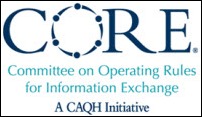
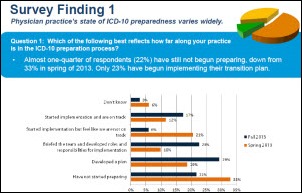


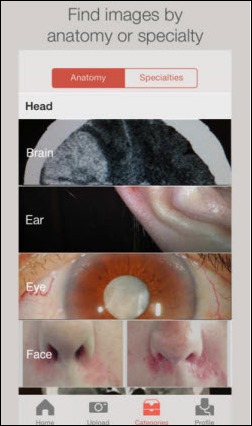
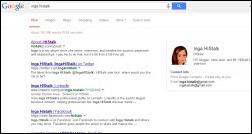
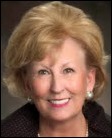


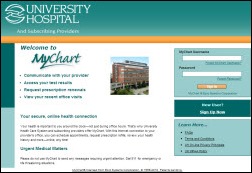
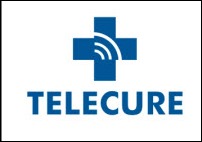


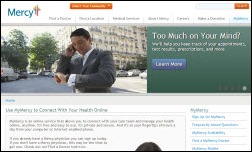

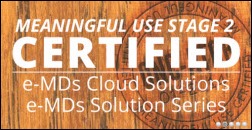
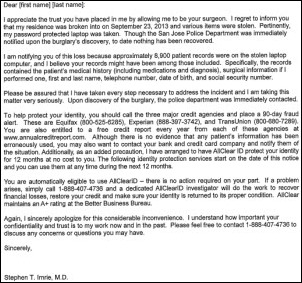




The article about Pediatric Associates in CA has a nugget with a potentially outsized impact: the implication that VFC vaccines…